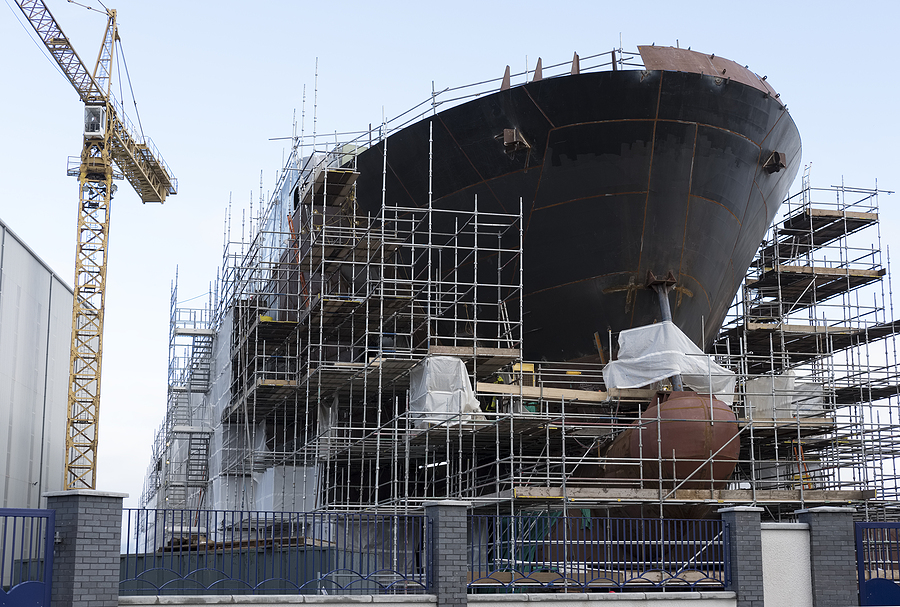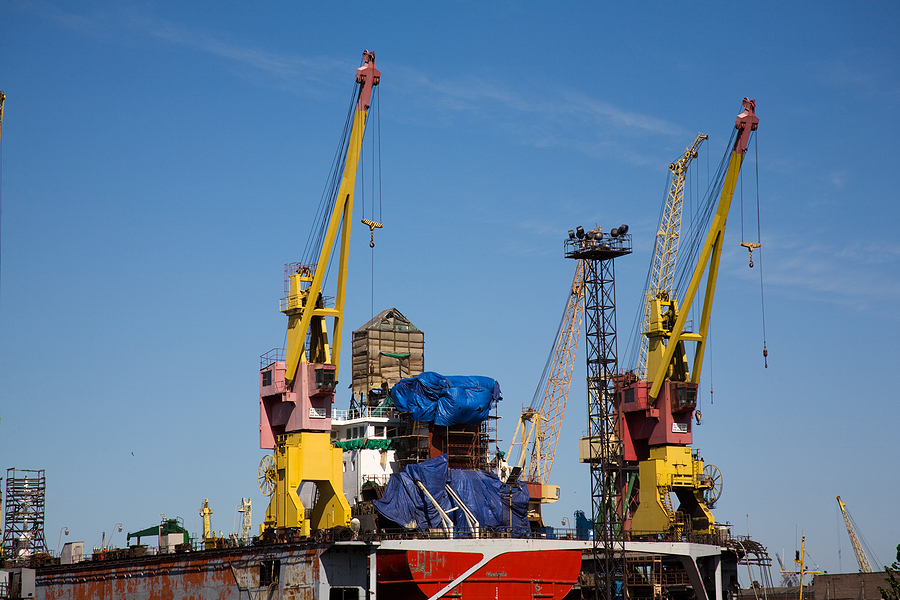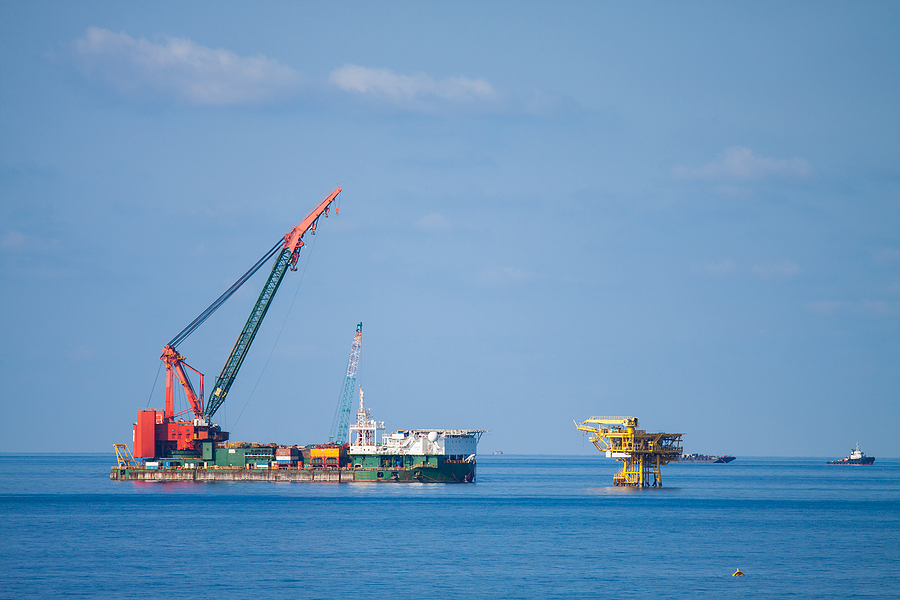The offshore industry depends heavily on the ability to lift, transfer, and position massive equipment in challenging marine environments. At the center of this capability lies offshore crane design. As oil and gas operations push into deeper waters and renewable energy projects expand offshore, crane technology has had to evolve.
Today’s marine cranes are no longer just heavy lifters. They are feats of modern engineering, built to handle rough seas, unpredictable weather, and ultra-heavy loads with efficiency and safety.
The Demands of Offshore Environments
Designing cranes for offshore applications is far more complex than their land-based counterparts. A crane mounted on an oil rig, drilling platform, or wind farm vessel must contend with constant motion from waves, tides, and wind. Unlike cranes in traditional shipyards, offshore equipment operates in conditions where both human safety and environmental protection are at stake.
This is why offshore crane design requires advanced systems for stability and control. Dynamic positioning, anti-sway mechanisms, and motion-compensation technologies are all now standard features. These solutions ensure that marine cranes can carry out lifts safely, even when the platform beneath them is in constant motion.
Marine Cranes: Modern Offshore Crane Technology
The evolution of marine cranes has been driven by advancements in both engineering and digital technology. One of the most significant developments is active heave compensation (AHC). This technology uses real-time sensors and hydraulic systems to counteract the vertical movement of waves. With AHC, an offshore crane can keep a load steady, even when the vessel is rising and falling by several meters.
Another breakthrough is the integration of digital monitoring systems. Modern offshore cranes are now equipped with advanced control cabins that use sensors, cameras, and predictive software to provide operators with real-time feedback. These systems can track load weight, environmental conditions, and crane stress points, reducing the chance of overload and improving overall efficiency.
Remote and autonomous functions are also becoming more common. In high-risk environments where human safety is paramount, remotely operated or semi-autonomous cranes allow operators to control lifts from a secure location. This shift toward automation represents one of the most innovative directions in modern offshore crane technology.
Materials and Structural Innovations
The choice of materials is another area where offshore crane design has advanced. Traditional steel structures remain common, but high-strength, lightweight alloys and composites are increasingly used to reduce crane weight while maintaining structural integrity. A lighter crane reduces stress on the vessel or platform and allows for more efficient operation.
Corrosion resistance is another critical factor. Offshore environments expose cranes to saltwater spray, humidity, and extreme weather, all of which can quickly degrade materials. New coatings and corrosion-resistant alloys extend the service life of cranes, reducing maintenance costs and downtime.
Additionally, designers now prioritize modular construction. Offshore cranes are often built in segments, allowing for easier transport and faster installation. This flexibility is invaluable when installing cranes on remote offshore sites.
Offshore Cranes and Renewable Energy Projects
The growth of offshore wind farms has created new demands for crane technology. Turbines are larger than ever, with some blades exceeding 100 meters in length and nacelles weighing hundreds of tonnes. Installing and maintaining these structures requires specialized offshore cranes capable of precise, high-capacity lifts.
Floating wind farms, which are becoming more common in deeper waters, add another layer of complexity. Cranes designed for these projects must be able to operate from floating platforms that move with the sea, demanding even greater stability and motion-compensation capabilities. As renewable energy expands, offshore crane design continues to adapt to meet these challenges.
Safety and Regulatory Compliance
In offshore operations, safety is paramount. Lifting heavy equipment over open water in unpredictable conditions presents serious risks. To mitigate these, offshore cranes are designed in accordance with international safety standards such as those set by the International Maritime Organization (IMO) and the American Petroleum Institute (API).
Modern designs incorporate redundancies in critical systems, such as dual braking mechanisms, emergency load release functions, and backup hydraulic lines. Operator cabins are ergonomically designed for comfort and visibility, reducing fatigue and improving decision-making during long shifts. Advanced training simulators now replicate offshore lifting conditions, allowing operators to practice complex lifts in a controlled environment before stepping onto a platform.
Digital Twins and Predictive Maintenance
One of the most exciting innovations in modern offshore crane technology is the adoption of digital twins. A digital twin is a virtual replica of a physical crane, fed with real-time data from onboard sensors. This model allows engineers and operators to monitor wear, predict failures, and schedule maintenance before breakdowns occur.
Predictive maintenance extends the operational life of cranes and minimizes costly downtime. Instead of waiting for parts to fail, shipyards and offshore operators can plan maintenance proactively. The integration of artificial intelligence into these systems further enhances their accuracy, making crane operations more reliable than ever before.
The Future of Offshore Crane Design
Looking ahead, offshore cranes will continue to become more autonomous, energy-efficient, and environmentally sustainable. Hybrid and electric power systems are being tested to reduce emissions and fuel consumption. Automation will play a larger role, with cranes capable of self-correcting movements and even performing certain lifts without direct human input.
The use of robotics and artificial intelligence may further redefine how cranes operate in offshore environments. From robotic arms for smaller maintenance tasks to fully autonomous crane vessels, the horizon for offshore lifting technology is wide open.
These innovations will allow offshore crane design to keep pace with the growing scale of offshore projects, ensuring that the industry can meet the demands of deeper waters, harsher conditions, and larger structures.
U.S. Offshore Crane Regulations
According to the U.S. Bureau of Safety and Environmental Enforcement (BSEE), offshore cranes used on platforms in federal waters must be inspected and load-tested at least once every four years, with interim inspections conducted annually to ensure compliance (bsee.gov). This requirement highlights the importance of rigorous safety protocols in the offshore industry, where the consequences of equipment failure can be catastrophic.
Offshore crane design has transformed dramatically in recent decades. What was once limited to brute strength and mechanical lifting has now evolved into a sophisticated combination of engineering, digital innovation, and safety technology. From active heave compensation to digital twins and predictive maintenance, marine cranes are adapting to meet the challenges of offshore oil, gas, and renewable energy projects.
As the offshore industry continues to expand, modern crane technology will be at the heart of its success, providing the reliability, safety, and precision needed to operate in some of the harshest environments on Earth.
Reach Out To DMW Marine Group
When your offshore project demands cutting-edge lifting solutions, you need a partner with proven expertise in offshore crane design. DMW Marine Group delivers state-of-the-art knuckle boom, telescopic, and stiff-boom cranes engineered for offshore conditions.
Ready to explore the latest in modern offshore crane technology? Connect with the specialists at DMW Marine Group and discover how their innovative solutions can support your next offshore venture.




